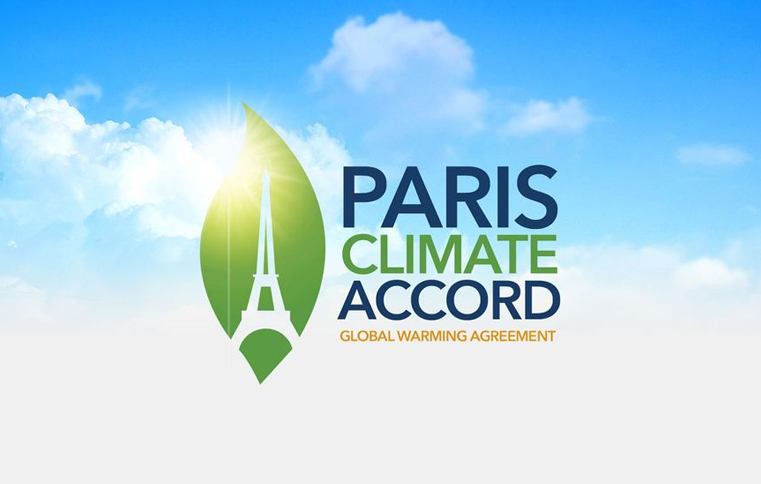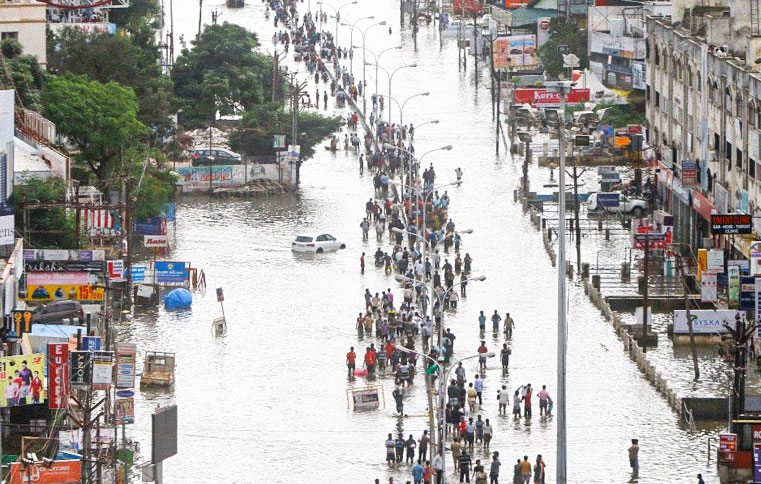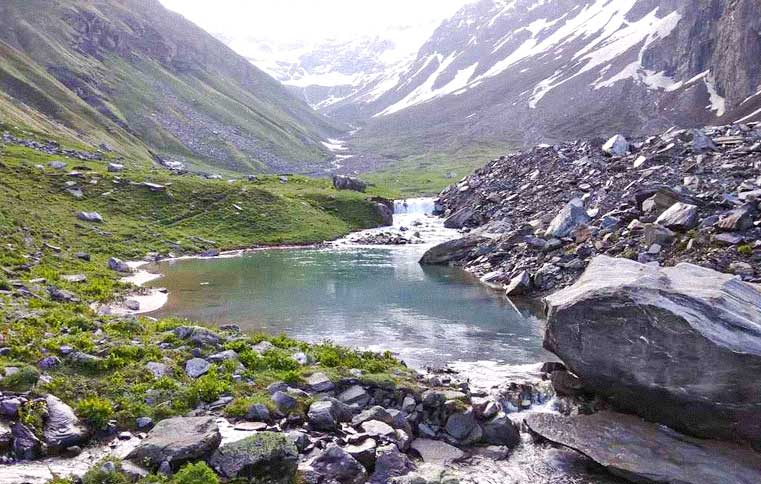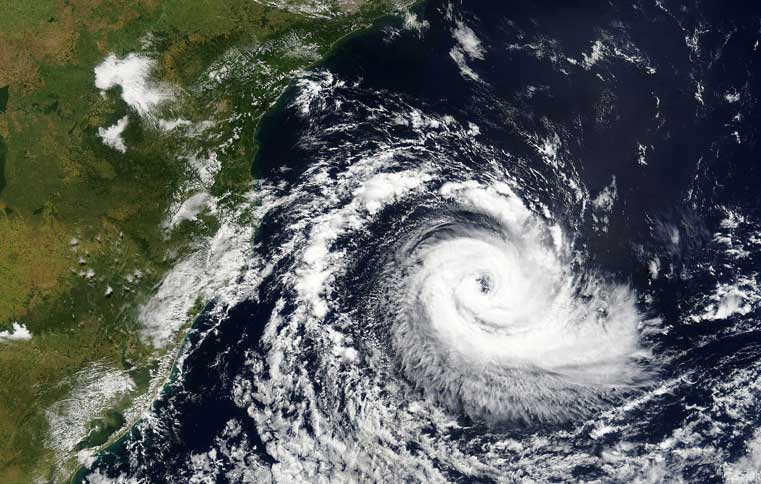The Paris Climate Accord
By: Soorya Shrinivas | Date: 15th May 2020

Signed on 4th November 2016, the Paris climate accord is considered one of the most crucial and successful international treaties signed by the office of the UNITED NATIONS with 195 signatories to the treaty pledging to solve the issue of climate change.
It is the first global environment treaty to be undertaken at this scale and is considered a breakthrough in international politics.
The main aim of this treaty is to keep the global temperature below 2-degree Celcius by reducing the carbon footprint and to reduce the emission of greenhouse gases by half by 2030.
To achieve the aim, a lot of environmental scientists have come together to calculate the amount of permissible emissions in order to stay in pace with the said target. With the calculations in place and global targets set, many countries have pledged to reduce their carbon emissions.
- The USA has pledged to cut pollution by 25% from 2005 levels
- China has promised to reduce carbon intensity in their GDP to 65% of 2005 levels
- EU plans to cut emissions by 40% in comparison to what they had in 1990
- India promised to increase its forest cover to 33%, reduce carbon intensity to 30-35% of 2005 levels and to generate 40% of the installed power capacity from renewables
- Russia, a recent entrant to this treaty, has promised to reduce carbon emissions to 25-30% of 1990 levels
This treaty covers 97% of carbon emitters and the rest were excluded as they were minimalists in the world carbon map. Now the question arises, is it enough? More than that, are the signatories in sync with their climate goals or is this all hoax?
Criticism
A report 'TRUTH BEHIND THE CLIMATE PLAEDGES’written by UNIVERSAL ECOLOGICAL FUND, an NPO based in the USA, analyzed 184 pledges of the Paris accord with the help of expert panels from UK, USA, ARGENTINA and AUSTRIA.
They categorised the pledges into three categories; Sufficient, Partially Sufficient and Insufficient. In the analysis, the panel found 36 pledges to be sufficient, 12 to be partially sufficient and 136 to be insufficient with regard to the goals mandated by the Paris Accord.
There were several other flaws pointed out by various other sources regarding the loopholes of this environment accord.
The Russian government pledged to reduce carbon emissions to 25-30% of 1990 levels. But studies show that, as of 2017, Russia’s emissions are 32% lower than their 1990 levels which in turn means they can emit more carbon and still stay in pace with their climate goals.
India pledged to reduce its carbon intensity to 30-35% of 2005 levels. Officials say that India will be able to achieve this feat with the present protocols in place but cannot control the emission of greenhouse gases.
The emission of greenhouse gases has increase by 76% between 2005 and 2017. This in turn defeats the purpose of the pledge.
To top it all of, President Donald Trump in 2016 pulled out of the climate deal claiming that climate change is unreal and it is a political maneuver orchestrated by the democrats.
The above-mentioned flaws are of the largest emitters of carbon dioxide in the world. China,USA, EU, India, and Russia together account for almost 70% of the carbon emissions in the world out of which only one pledge was deemed partially sufficient.
Given all this, is the Paris climate accord a successful one? Does it deserve to be called the treaty of the century? Does it deserve all the glamour and fame it has and Is the treaty, in any way a sign of progress?
The Paris accord has its many flaws, the pledges made by governments thoUgh seem immense but in practicality are not so.
This deal may or may not achieve its goals, nothing can be said for now but it is a step in the right direction. The aim to reduce carbon emissions by 50% seems largely optimistic but nevertheless this deal not just about the goals it has set or the promises it has made.
The Paris Accord is a symbolism of a world coming together to fight away from its doom for brighter, better and a happier future for its people.












